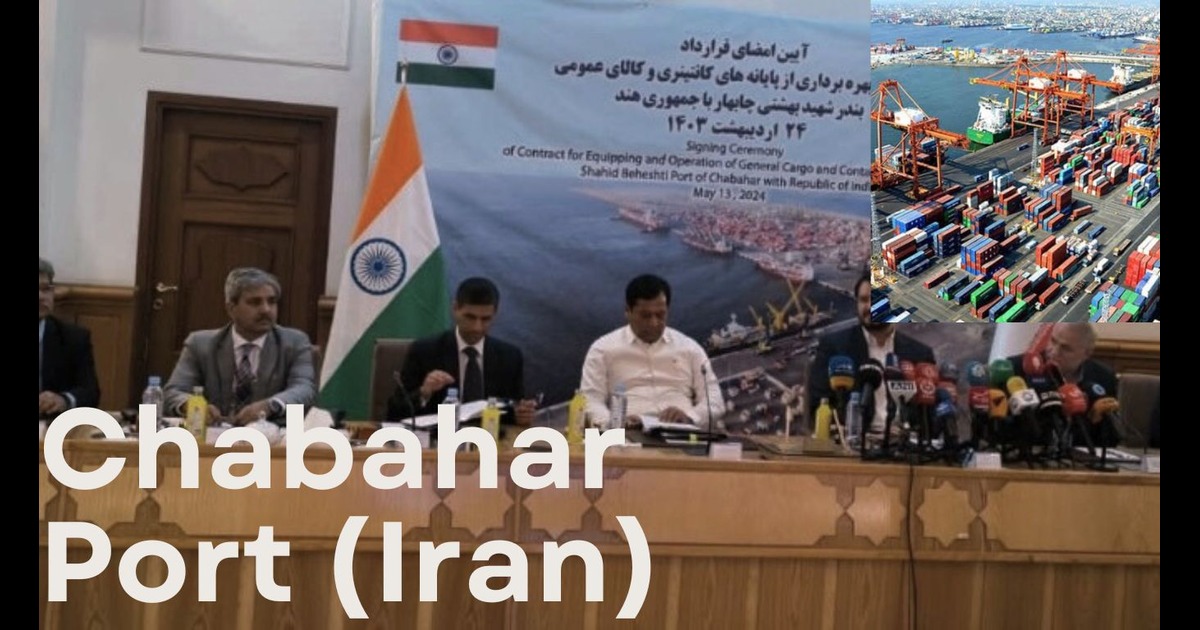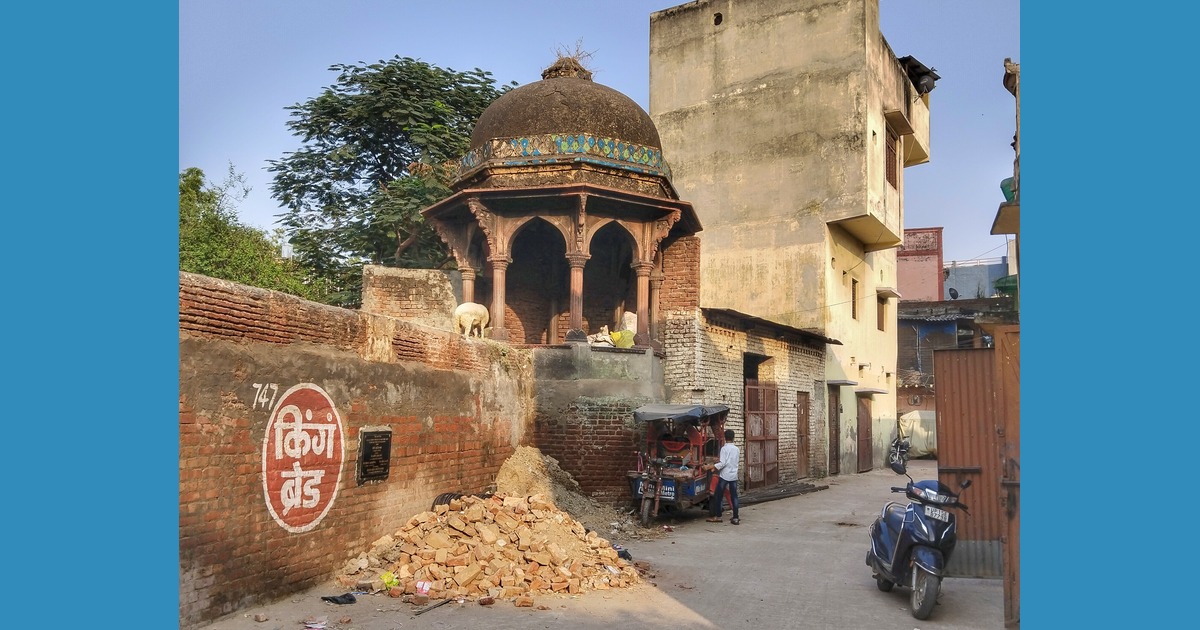
India and Chabahar Port: Diplomacy and Geopolitics in an Uncertain World
In the dynamic landscape of geopolitics, the strategic maneuvering between nations often unfolds through the lens of economic interests, security imperatives, and diplomatic engagements. Nowhere is this more apparent than in the nuanced relationship between India and the Chabahar Port in Iran. Situated at the crossroads of Asia and the Middle East, this maritime gateway holds immense significance, serving as a pivot for regional connectivity and geopolitical ambitions. Let's take a look into the intricate web of geopolitics and diplomacy that defines the India-Chabahar Port relations.
The Strategic Significance of Chabahar Port:
Chabahar Port, located on the southeastern coast of Iran, stands as a crucial node in India's quest for enhancing connectivity with Central Asia and beyond. Unlike Pakistan's Gwadar Port, which is developed in collaboration with China and located nearby, Chabahar offers India a strategic foothold in the region without the geopolitical baggage of entanglement with rival powers.
The port's geostrategic location provides India with a vital link to Afghanistan and Central Asia, bypassing Pakistan. This not only reduces dependency on Pakistan's goodwill for access to Afghanistan but also opens up new avenues for trade and economic engagement in the resource-rich regions of Central Asia.
India's Diplomatic Foray into Chabahar:
India's involvement in the development of Chabahar Port dates back to the early 2000s. However, it gained momentum in 2016 with the signing of the trilateral agreement between India, Iran, and Afghanistan. Under this agreement, India committed to invest in infrastructure development at Chabahar and support the construction of road and rail networks connecting the port to Afghanistan and beyond.
From a diplomatic standpoint, India's engagement with Chabahar serves multiple objectives. Firstly, it strengthens India's ties with Iran, a crucial energy partner and a gateway to the resource-rich regions of Central Asia. Secondly, it enhances India's influence in Afghanistan, where it seeks to counter Pakistan's dominance and support stability and development efforts. Thirdly, it aligns with India's broader vision of "Act East" and "Connect Central Asia" policies, aimed at bolstering regional connectivity and economic integration.
Chabahar Port: Balancing Act in Geopolitical Dynamics:
Despite its potential, the India-Chabahar partnership operates within a complex geopolitical framework shaped by competing interests and regional rivalries. The reimposition of U.S. sanctions on Iran under the Trump administration posed a significant challenge to India's involvement in Chabahar, given its dependence on the global financial system dominated by the U.S. dollar.
Moreover, the evolving dynamics in the broader Indo-Pacific region, including the China-Pakistan Economic Corridor (CPEC) and the Quad alliance, add another layer of complexity to India's strategic calculations. While India seeks to leverage Chabahar as a counterbalance to China's growing influence in the region, it must navigate the delicate balance between its strategic imperatives and its broader commitment to a multipolar world order.
The Road Ahead: Opportunities and Challenges:
As India and Chabahar navigate the intricate web of geopolitics and diplomacy, several opportunities and challenges lie ahead. On the one hand, the successful operationalisation of Chabahar Port could unlock new avenues for trade and economic cooperation, facilitating India's access to markets in Central Asia and beyond.
On the other hand, geopolitical tensions, security threats, and bureaucratic hurdles pose formidable challenges to the realization of Chabahar's full potential. The initiative also underscores the fragility of regional stability and the potential risks associated with infrastructure projects located in conflict-prone zones.
Nurturing Strategic Partnerships in an Uncertain World
The India-Chabahar Port relations epitomize the intricate interplay between geopolitics and diplomacy in the contemporary world. As India seeks to carve out its place on the global stage, strategic partnerships such as Chabahar assume paramount importance, offering both opportunities for economic growth and challenges to be navigated with prudence and foresight.
In an era marked by geopolitical flux and uncertainty, nurturing and strengthening such partnerships becomes imperative for safeguarding national interests and promoting regional stability. As India and Chabahar embark on this journey together, they must remain cognizant of the shifting dynamics and evolving geopolitical landscape, adapting their strategies accordingly to ensure a prosperous and interconnected future for the region and beyond.
Popular Categories
Read More Articles
Travel and Tourism
Meerut’s vanishing heritage: Why its mughal treasures are crumbling away by Mohammed M. Raza November 19, 2025Business
Hafele Valeriya Dishwasher: The New Standard in Kitchen Hygiene by Awadh 360° Desk November 14, 2025Entertainment
Banaras gave me the notes, Bhatkhande polished them: Bhojpuri singer Sarita Tiwari by Awadh 360° Desk November 10, 2025Travel and Tourism
Statue of Unity Sets New Tourist Footfall Record as PM Modi Hails Vallabhbhai Patel's Legacy by Awadh 360° Desk October 31, 2025



